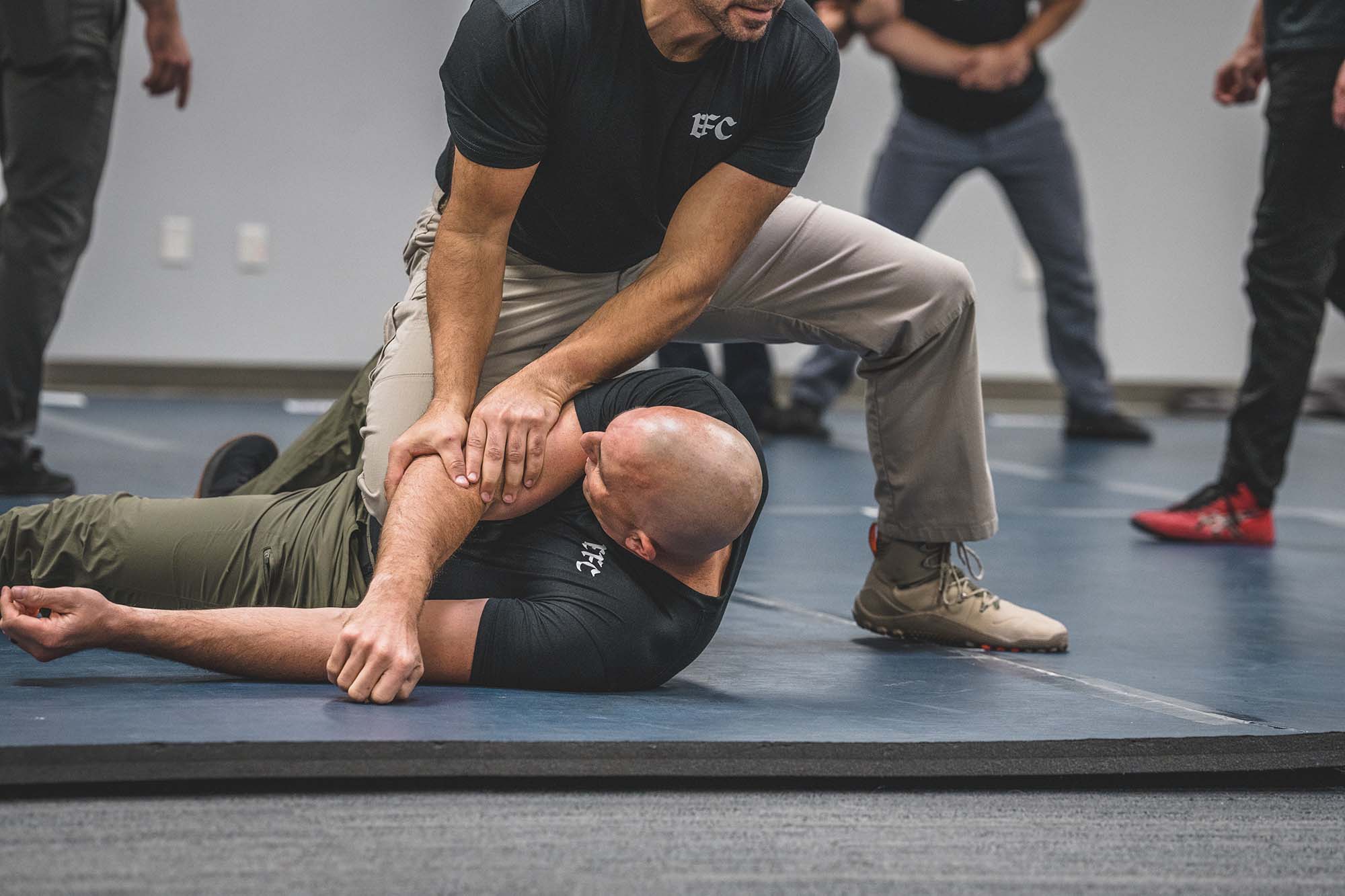A Smarter Approach to Suspect Control
Gaining control of a resisting suspect is an integral aspect of law enforcement. For decades, pain compliance has been a go-to method to achieve compliance. However, recent concerns have emerged, questioning the effectiveness and safety of these techniques in today's policing landscape. How effective is pain compliance in the current context, and is there a better alternative?
The Controversy Surrounding Pain Compliance:
Pain compliance hinges on the principle of producing a pain sensation to coerce the suspect into submission. The idea is straightforward: when a person feels pain, their instinctive reaction is to stop whatever they're doing to alleviate that pain. Law enforcement training often includes techniques such as pressure points, joint manipulation, and striking. While this approach might be successful in many cases, it is not foolproof.
The effectiveness of pain compliance gets complicated when a suspect doesn't perceive pain the way an average person might. Factors like altered mental states, the influence of drugs or alcohol, or simply a high pain tolerance can render these techniques ineffective. Worse yet, they might counterintuitively incite more resistance as the suspect battles to escape the source of pain.
Pressure - A Game-Changer in Suspect Control:
Most people can recall instances of pain, but not many are familiar with the sensation of persistent, controlled pressure. Techniques borrowed from martial arts, like Jiu Jitsu, teach us the power of properly applied pressure. It's a fact that an average person's resistance wanes after roughly 90 seconds of sustained physical exertion. Techniques such as 'knee on top' or the 'leg drag position' not only put law enforcement officers in a dominant position as they work to achieve custody but also strategically tire out the suspect.
Plus, these positions facilitate better control over the suspect's hands and make accessing tools or using the radio more manageable. Once the suspect is drained of energy, they're more likely to succumb to the pressure.
Rethinking Our Techniques:
Relying solely on pain compliance can set officers up for potential failure. Overemphasis on this during training might offer a false assurance that can crumble in real-life situations. Bodycam footage has disturbingly shown officers either becoming paralyzed with uncertainty when pain compliance fails or repeating the same ineffective technique out of desperation. This not only jeopardizes the safety of the officer but also could lead to unnecessary escalation of force.
Training our officers means equipping them with effective options for the diverse challenges they might encounter. By introducing pressure-based methods as an effective and safe alternative, we can equip our officers with better tools for suspect control and de-escalation, ultimately enhancing their ability to respond to situations safely and serve our communities.
As we navigate the evolving landscape of law enforcement, the debate over pain compliance techniques highlights the need for a smarter approach to suspect control. Our Single Officer Takedown and Apprehension online course, available here, offers a crucial shift towards pressure-based methods. If you're committed to enhancing your skills and ensuring safer interactions, explore this comprehensive program for effective and adaptable tools in suspect control and de-escalation. Empower yourself today to better serve and protect our communities. Learn more here.

